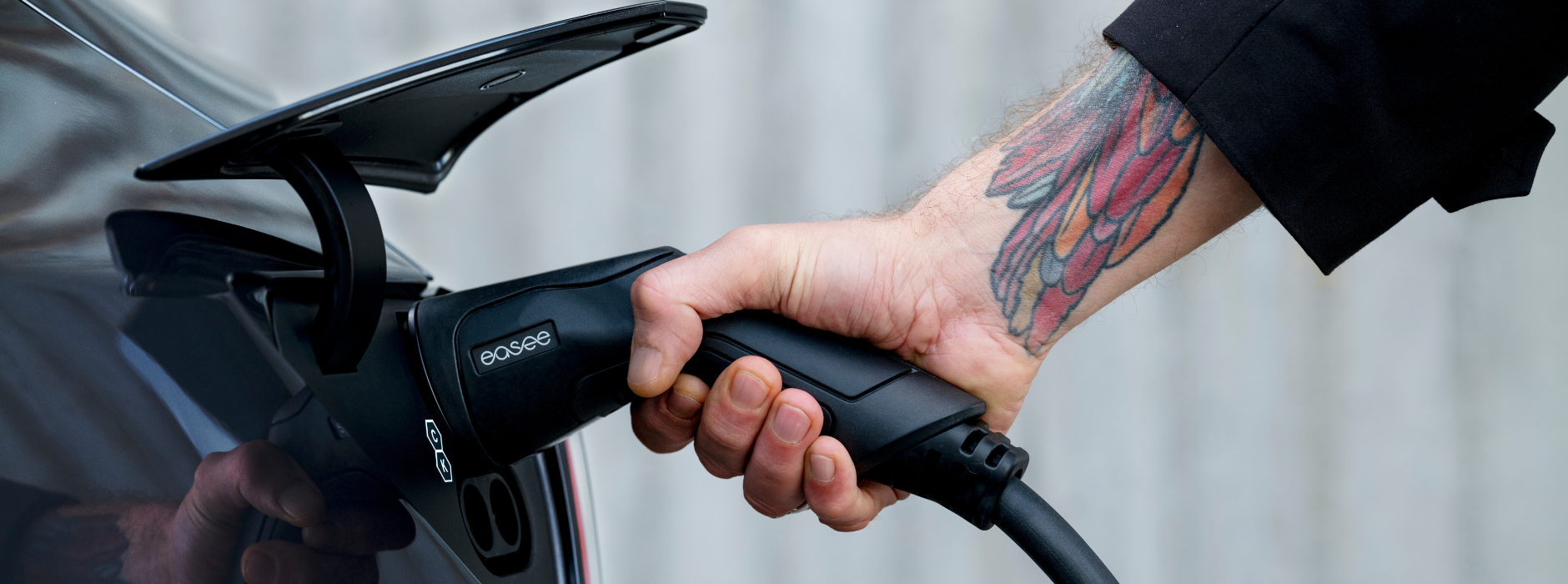Understanding EV Charging Cables: Types, Lengths, and Plug Options
As electric vehicles (EVs) become more common, understanding the intricacies of charging is essential. One critical aspect is the charging cable, which connects your EV to a power source. This guide explores the various types of EV charging cables, their lengths, and the different plug options available.
Types of EV Charging Cables
EV charging cables are categorized based on the type of current they use. Alternating current (AC) or direct current (DC) and the speed at which they charge. Here’s a breakdown:
- AC Charging Cables:
- Type 1 : Mainly used in North America, Type 1 cables are single-phase and support slow to moderate charging. They are commonly found in Level 1 (120V) and Level 2 (240V) charge points
- Type 2: Popular in the UK & Europe and increasingly seen globally, Type 2 cables support single-phase or three-phase charging, making them versatile for home and public use. Type 2 cables are the standard in Europe for both private and public AC charging.
- DC Charging Cables:
- Originating from Japan, CHAdeMO (DC) is a fast-charging standard used by several Asian automakers. It allows high-speed charging, making it ideal for quick top-ups during long trips.
- Combined Charging System (CCS): Available in CCS Type 1 and CCS Type 2, this plug integrates AC and DC charging pins into one connector. It supports both slow and rapid charging, offering flexibility and convenience. These are usually seen in commercial car parks and petrol stations in the UK
- GB/T: Used primarily in China, GB/T is a DC fast-charging standard. It has a dedicated charging protocol for the Chinese market but is functionally similar to CHAdeMO and CCS.
Cable Lengths & Cable options
The length of EV charging cables can vary depending on the manufacturer and intended use. Here’s what to consider:
- Standard Lengths: Most charging cables are between 5 to 7meters (16 to 24 feet). This range is ideal for most users, offering sufficient flexibility to connect to a home charge point or a public charging station.
- Short Cables: For home charging, where the distance between the charger and the vehicle is minimal, shorter cables of 3 to 5 meters (10 to 16 feet) are often sufficient. These are more manageable and easier to store. Some car manufacturers will include these with the vehicle
- Long Cables: In some cases, longer cables up to 10 meters (33 feet) are available. These are useful in situations where the charger is further away from the parking space, but they can be bulkier and harder to store so decide what’s best for your requirements.
Plug Options
Understanding the plug types for EV charging is crucial to ensure compatibility with your vehicle and the available charging infrastructure:
- Type 1 Plug: So these are mainly used in North America and Japan, the Type 1 plug is designed for single-phase AC charging and is standard for older EV models in these regions.
- Type 2 Plug: This is the standard plug in Europe and is increasingly common worldwide. The Type 2 plug is versatile, supporting both single-phase and three-phase AC charging. It’s compatible with most public and home chargers in Europe and is becoming more prevalent in newer EV models across the globe.
- CHAdeMO Plug: Ideal for DC fast charging, the DC plug is used primarily by Japanese automakers like Nissan and Mitsubishi. Despite its high charging speed, CHAdeMO is gradually being overshadowed by CCS in many regions.
- CCS Plug: The CCS plug is an all-in-one solution that combines AC and DC charging capabilities. With CCS, you can charge at a standard rate using AC or quickly using DC at public fast-charging stations.
- GB/T Plug: Common in China, the GB/T plug is primarily used for DC fast charging and is integral to the country’s national charging infrastructure.
Conclusion
Choosing the right EV charging cable involves understanding your vehicle’s charging capabilities, the plug type, and the ideal cable length for your needs. Whether you’re charging at home or on the go, having the correct cable ensures a hassle-free charging experience and keeps your electric vehicle running smoothly.
